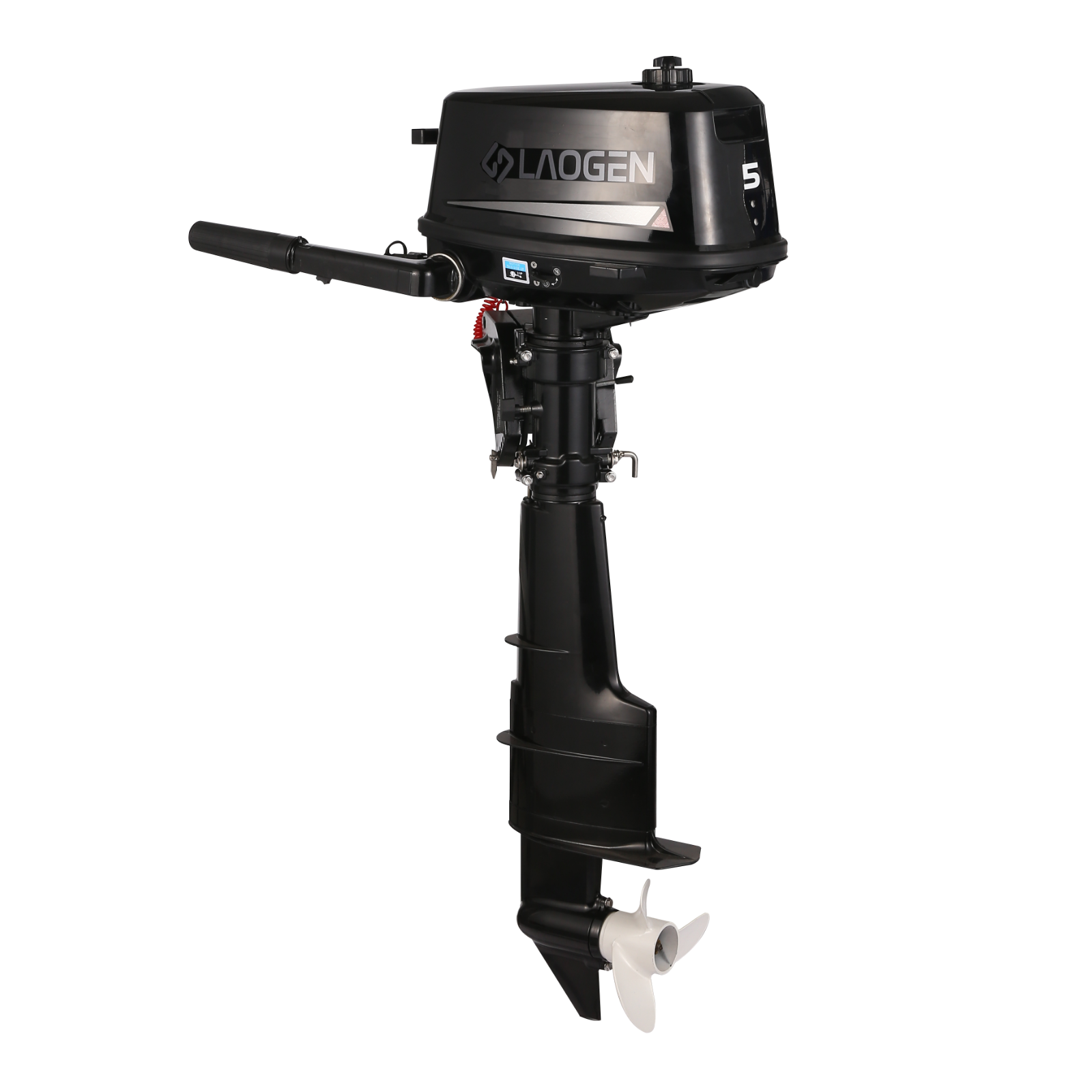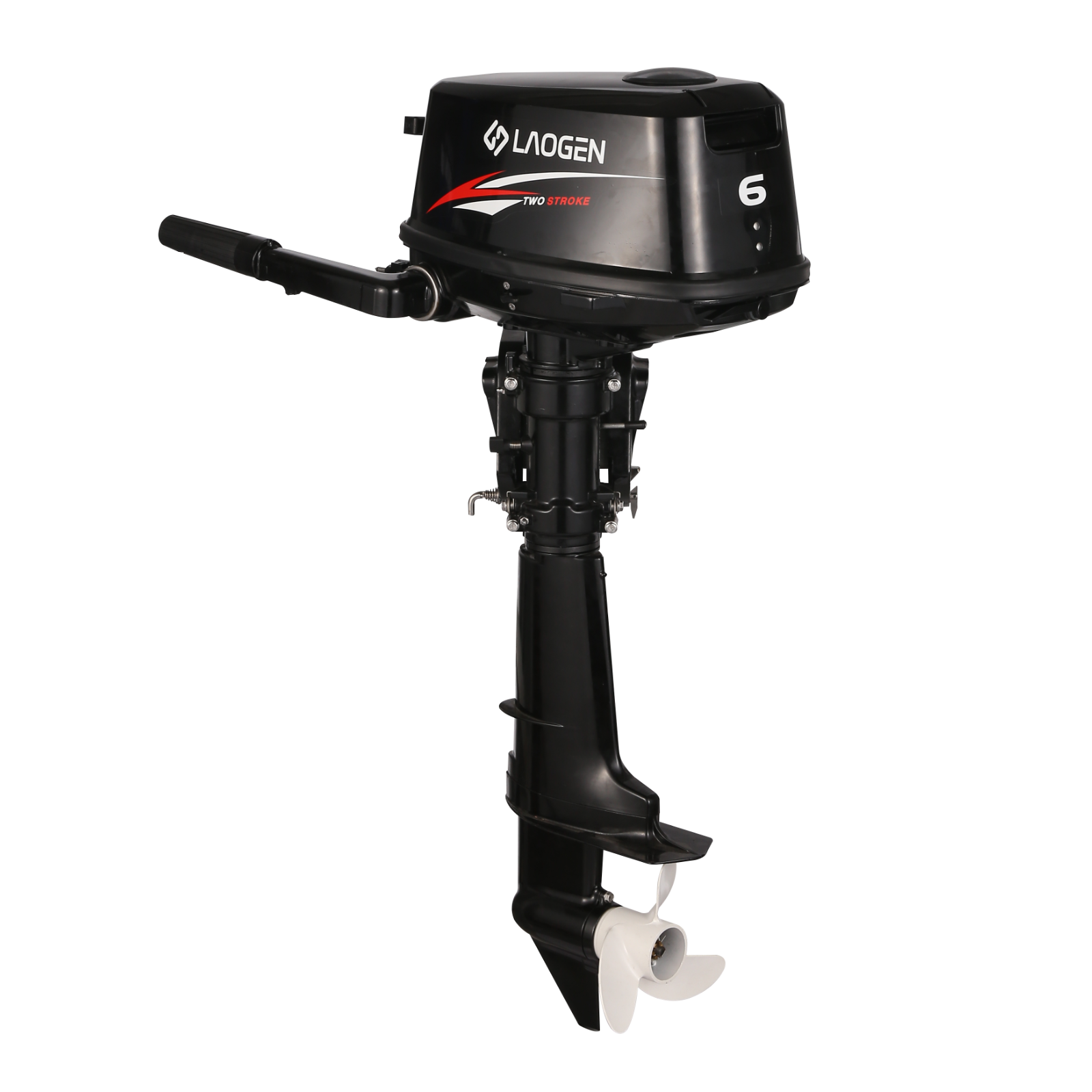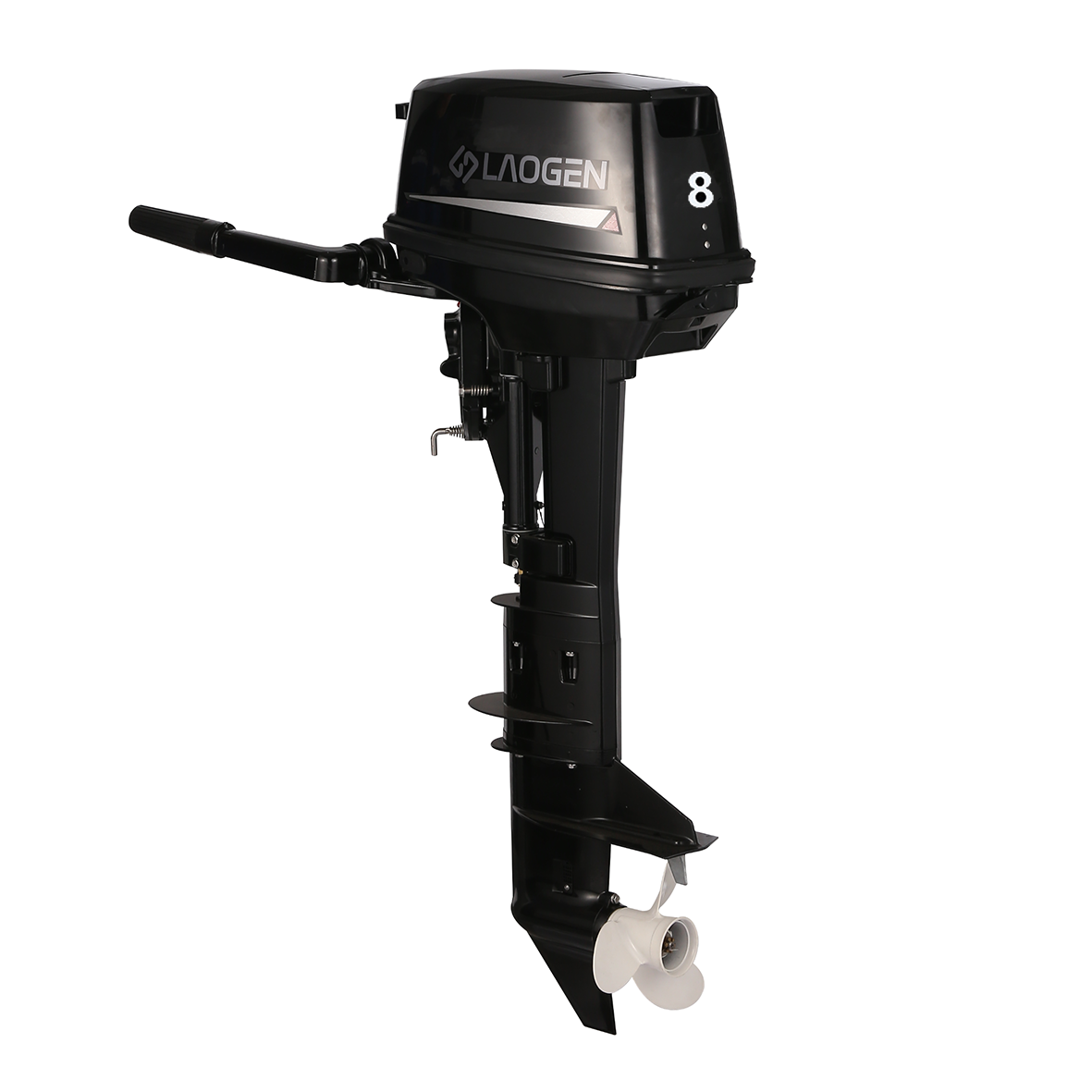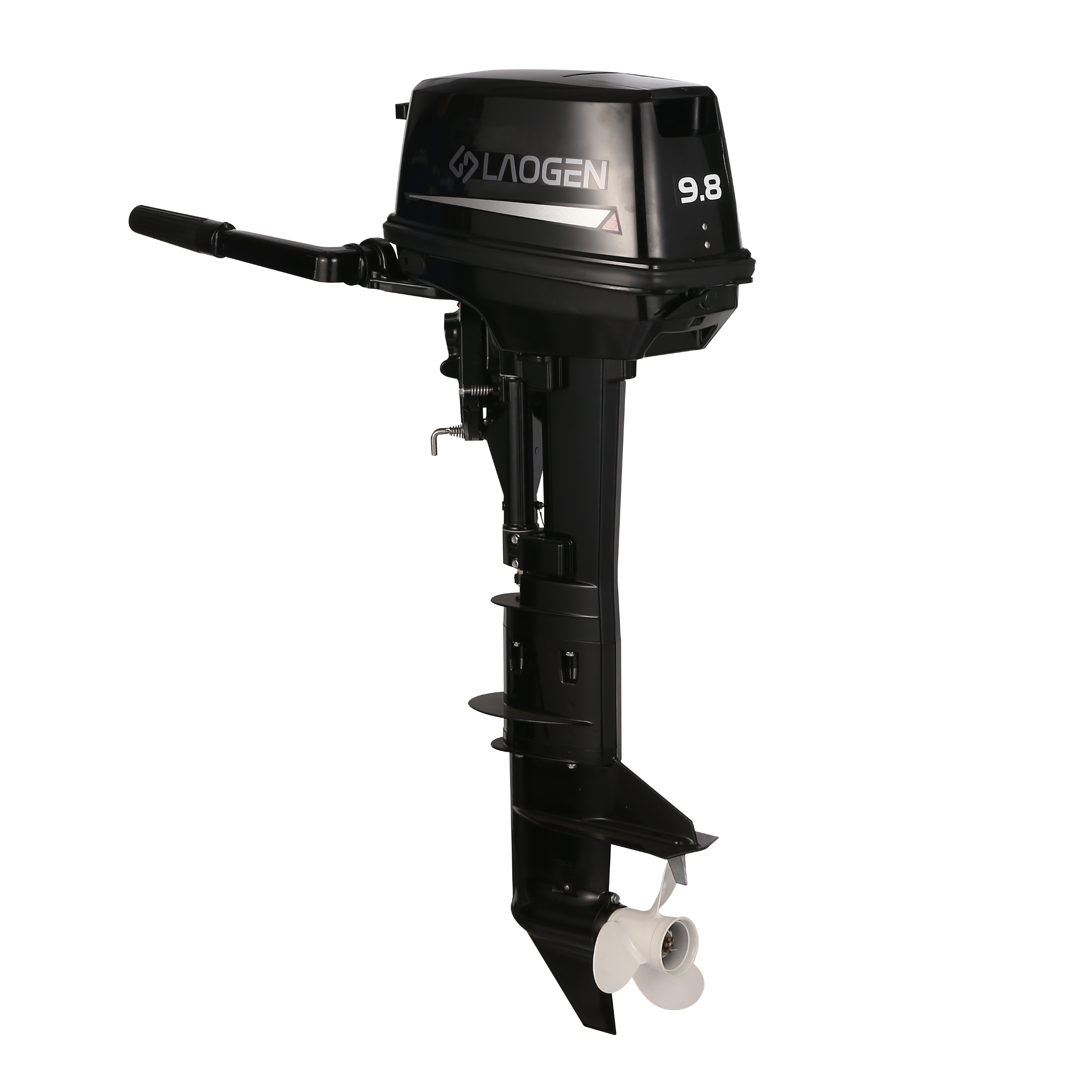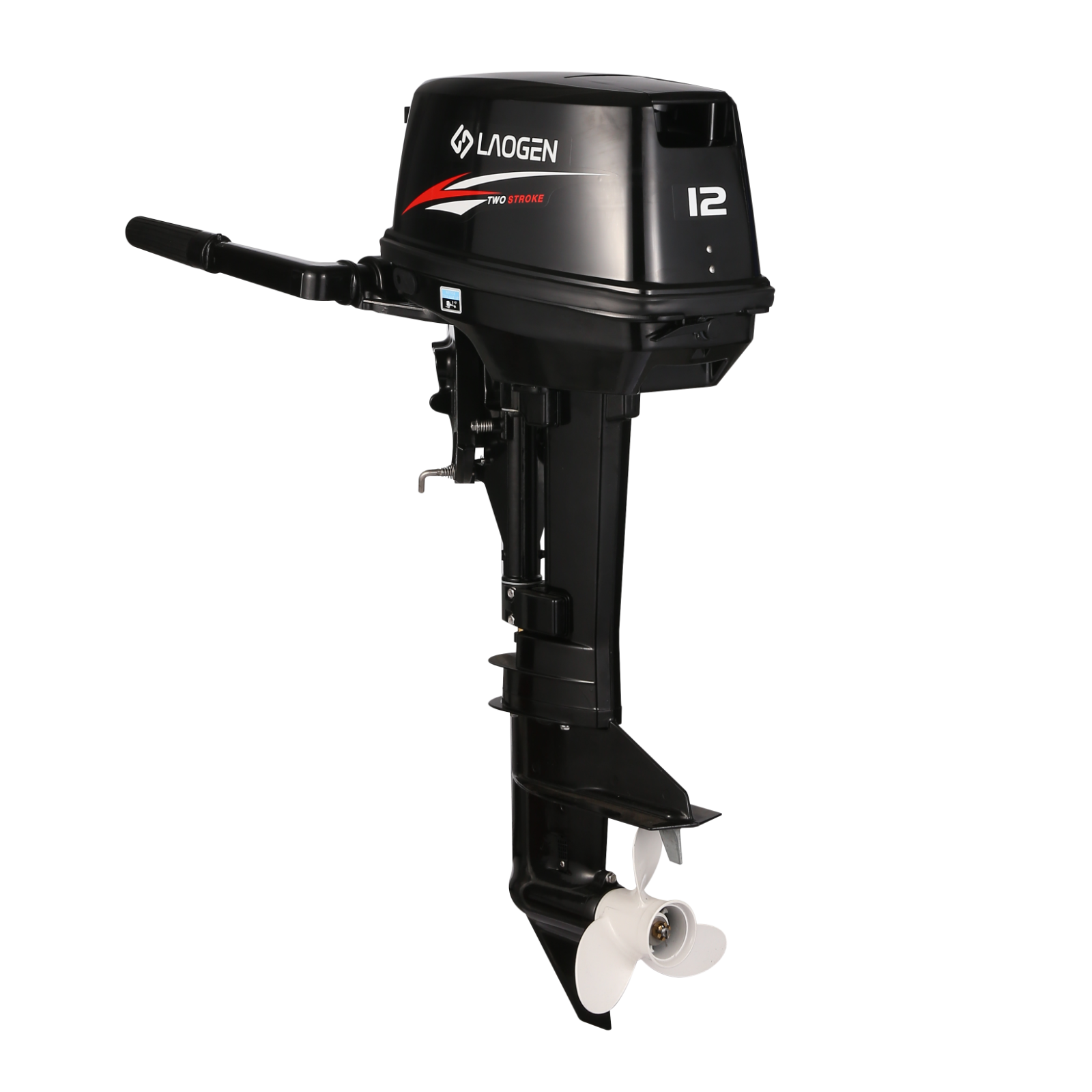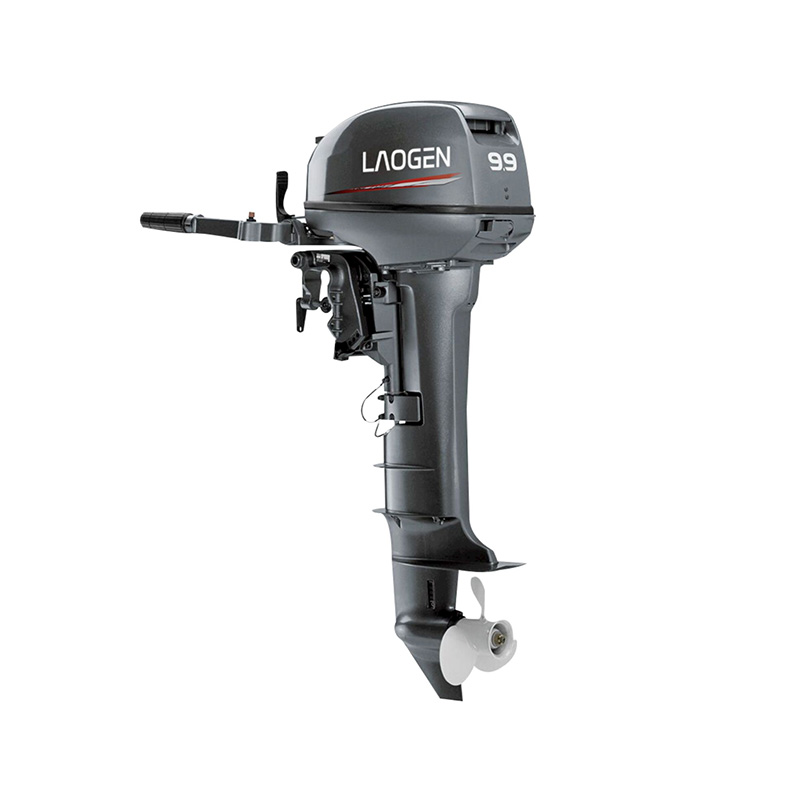User Demand Shifts Focus To Lightweight 2 Stroke Outboard Designs
The boating industry is witnessing a noticeable shift in consumer preference toward more lightweight and portable propulsion solutions. Among these, the Outboard Motor 2 Stroke is regaining interest due to its straightforward mechanics and favorable power-to-weight ratio. As recreational boaters, anglers, and small watercraft owners look for efficiency without added bulk, the spotlight turns once again to the 2 stroke outboard motor and its ability to meet practical demands on the water.
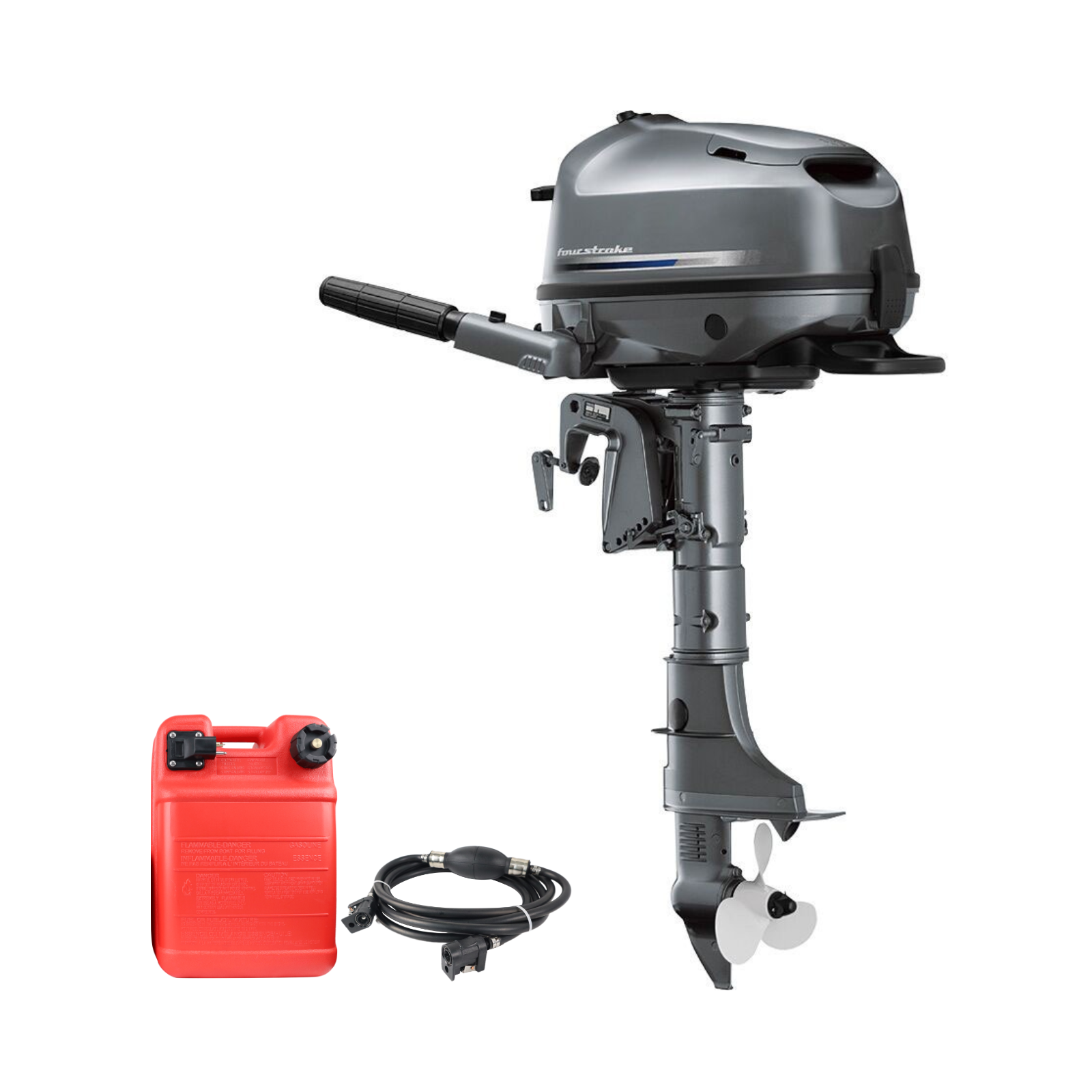
Unlike bulkier alternatives, the Outboard Motor 2 Stroke is appreciated for its simple construction and ease of use. Many users find that these engines are easier to carry, install, and maintain—especially in scenarios where portability matters. Whether it's being mounted on a small fishing boat or used as a backup engine for emergency purposes, the lightweight structure of the 2 stroke outboard motor appeals to those who value convenience during transport and quick deployment at sea.
Fuel efficiency and environmental impact have long been topics of debate regarding marine engines, and the Outboard Motor 2 Stroke has not been immune to scrutiny. However, recent improvements in fuel mixing and combustion efficiency have helped reduce emissions and make these motors more suitable for modern expectations. Users today often prioritize practical performance over excessive features, and modern versions of the 2 stroke outboard motor are meeting that demand with quieter operation and better fuel control than older models.
As boating culture expands to more diverse user groups—including solo travelers and part-time hobbyists—the demand for simplified operation continues to grow. A key driver in the shift toward lightweight engines is the rising interest from users who operate smaller vessels without onboard mechanical assistance. For them, the compact nature of the 2 stroke outboard motor translates into greater independence and less reliance on additional gear. This also means easier storage and fewer mechanical challenges during off-season maintenance.
Durability remains a concern for all engine types, but the Outboard Motor 2 Stroke tends to attract those who appreciate mechanical systems that can be repaired with basic tools. The simplicity of the design allows for easier troubleshooting and faster fixes when out on the water. This is particularly useful in remote areas where service access is limited and reliability must be managed independently. The 2 stroke outboard motor design typically includes fewer moving parts, reducing the chances of complex failures during regular use.
With the boating season extending in many regions due to milder climates, users are spending more time on the water than in past years. This increased use means that weight, ease of handling, and basic reliability have grown in importance. For users who frequently mount and dismount engines, the lighter build of a 2 stroke outboard motor proves more practical compared to heavier four-stroke alternatives.
Retailers and manufacturers are responding to this shift by offering a wider range of lightweight options in the Outboard Motor 2 Stroke category. These engines are now designed with improved ergonomics and user-friendly starting mechanisms. While the focus is no longer purely on speed or raw power, the modern 2 stroke outboard motor is being refined to meet a more balanced set of expectations from today’s boating community.
The trend toward lightweight marine propulsion is being shaped by user needs for mobility, simplicity, and hands-on control. The Outboard Motor 2 Stroke continues to evolve in ways that reflect this shift, offering a functional alternative for boaters who prioritize ease of use and transport.


 English
English русский
русский


